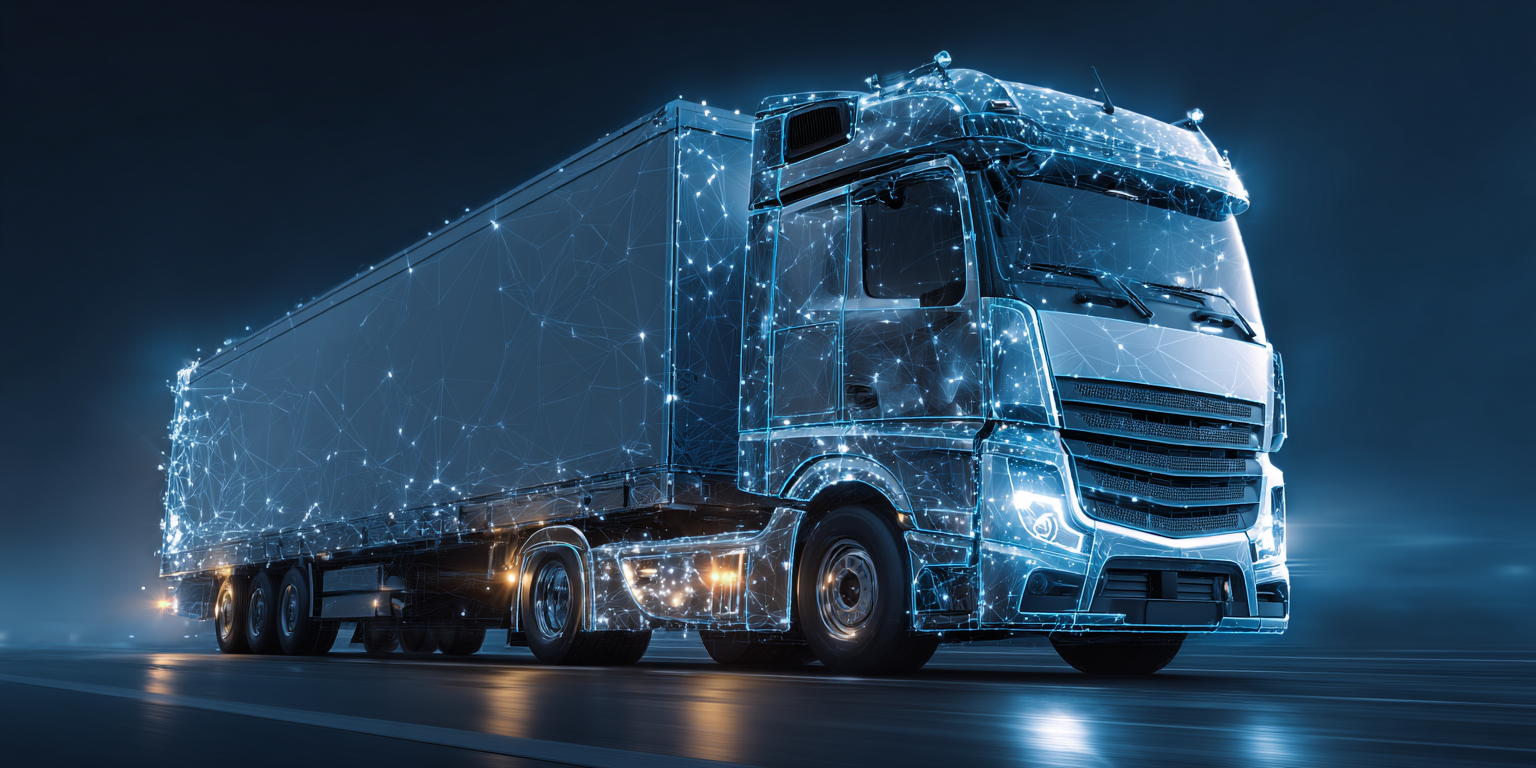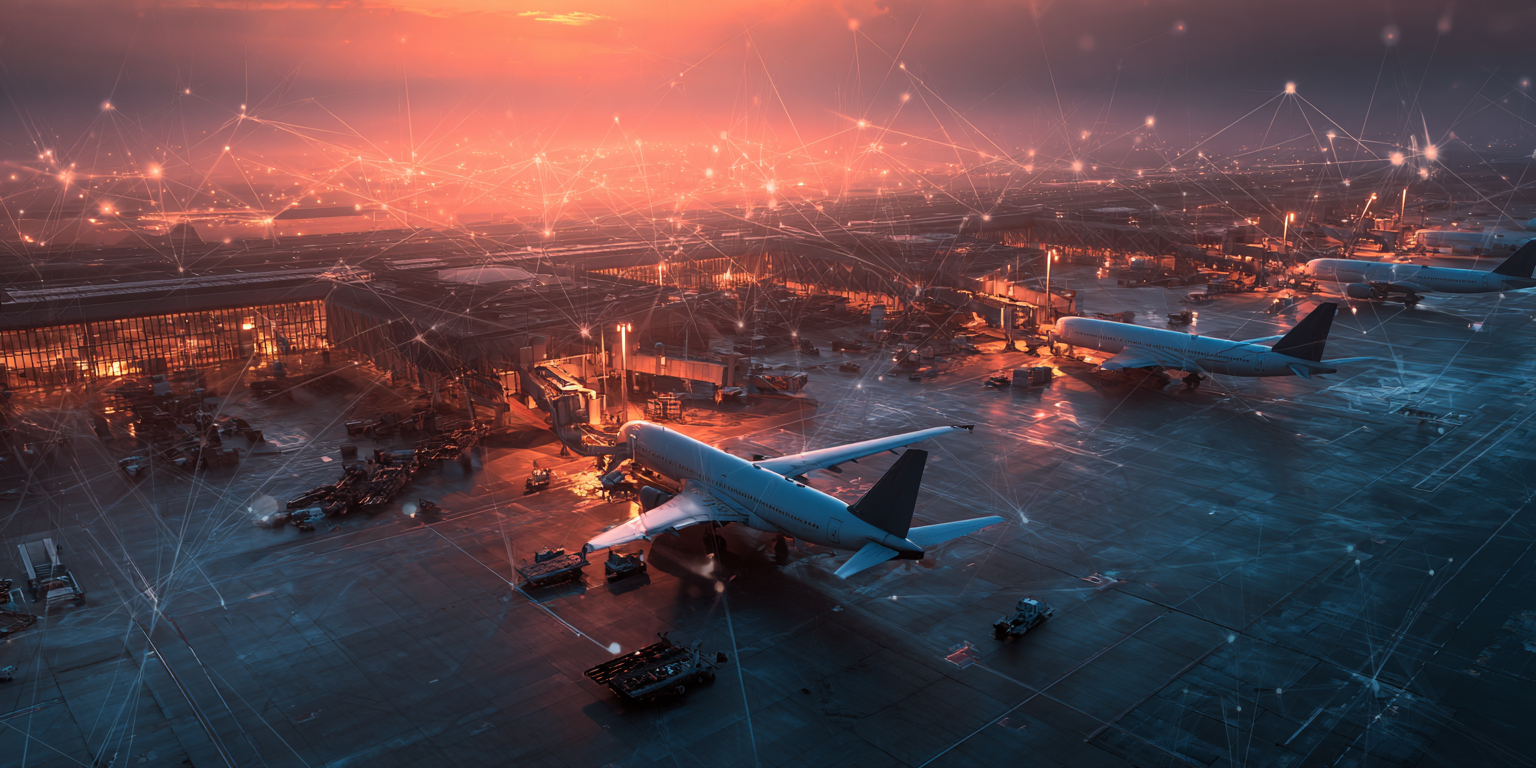The internet of things (IoT) has already transformed how organisations connect assets, people and business processes. From sensors in factories to connected delivery fleets, IoT creates an unprecedented flow of operational data. But raw data alone doesn’t create value. That’s where artificial intelligence (AI) comes in.
Together, IoT and AI (often called AIoT) unlock smarter decisions, more efficient operations and new business models. From predictive maintenance in utilities to real-time demand sensing in retail, the convergence of these technologies is reshaping enterprise operations.
This article explores how IoT and AI work together, the benefits they bring, and the practical steps enterprises can take to begin their AIoT journey.
Understanding IoT
At its core, the internet of things refers to networks of connected devices that gather and share data. These devices can be as simple as a temperature sensor or as complex as a self-driving vehicle. What matters is the ability to monitor, track and act on information in real time.
The scale of this technology is striking. Statista forecasts that by 2034 there will be more than 40.6 billion IoT connections worldwide, more than double today’s levels. For enterprises, this explosion in connectivity gives them new and clear views of their operations.
- In logistics, IoT sensors track vehicle locations, cargo conditions and driver behaviour, helping fleets run more efficiently.
- In utilities, smart meters and grid sensors provide real-time insight into demand and supply, improving energy balancing.
- In retail, connected shelves and inventory systems monitor stock levels automatically.
IoT creates the nervous system of the modern enterprise: constantly sensing, transmitting and recording events as they happen. The challenge is turning that torrent of data into meaningful insight.
Understanding AI
Artificial intelligence provides the analytical brain that makes sense of IoT’s nervous system. Rather than simply collecting data, AI uses techniques such as machine learning, natural language processing and computer vision to spot patterns, predict outcomes and recommend actions.
In enterprise settings, AI is increasingly being used to process huge, unstructured datasets generated by connected devices. This allows organisations to move beyond descriptive dashboards and into predictive, even prescriptive, decision-making.
Some examples include:
- In supply chains, AI models forecast demand by combining IoT data with external signals such as weather or consumer trends.
- In utilities, AI applies anomaly detection to identify equipment issues early, reducing outages.
- In retail, AI combines IoT data from shelves, stock rooms and point-of-sale systems to forecast demand and automate replenishment. This reduces waste, prevents stockouts and minimises pricing errors.
Where IoT captures events, enterprise AI interprets them. Together, these technologies help businesses make decisions based on data almost in real time.
How AI and IoT (AIoT) work together
When combined, IoT and AI create what is often called AIoT. This fusion turns data into action. IoT devices capture information from the physical world, while AI analyses that information and triggers an intelligent response.
The technical flow of AIoT
At a high level, AIoT systems typically follow a four-stage process:
- Data generation – IoT devices and sensors collect raw data on variables such as temperature, vibration, location, energy consumption or network traffic.
- Data transmission – This data is sent via secure connectivity (increasingly over 5G, LPWAN or fibre) to either the cloud or an edge node.
- Data processing and analysis – AI algorithms process the data, applying techniques such as anomaly detection, predictive modelling or computer vision.
- Decision and action – Based on the insights, systems either trigger automated responses (e.g. adjusting machine settings, rerouting vehicles) or provide decision support for human operators.
What differentiates AIoT from traditional IoT is that the loop is continuous and adaptive. AI models learn from each cycle, meaning predictions and responses improve over time.
Why AI matters for IoT
On its own, IoT data can be overwhelming, with billions of data points that may have little meaning without context. AI changes that dynamic by:
- Filtering noise – recognising which data points matter and which do not.
- Detecting patterns – finding correlations or anomalies invisible to human analysis.
- Predicting outcomes – modelling future behaviour based on past and present data.
- Optimising in real time – enabling autonomous systems that adjust instantly to conditions.
For example, a connected energy grid may collect terabytes of usage data daily. On its own, this information can be monitored and analysed by teams to identify patterns over time. But with AI, the grid becomes a live model that continuously learns, anticipating demand spikes, redistributing supply and reducing costs in real time.
The role of edge computing
A critical enabler of AIoT is edge computing. Rather than sending all IoT data to the cloud, edge devices can run AI models locally, processing information where it is generated. This reduces latency and network strain, making applications like autonomous vehicles, smart grids or predictive maintenance in industrial plants viable at scale.
Applications of AIoT across industries
The impact of AIoT is already visible across multiple sectors, with enterprises using it to drive efficiency, resilience and customer value. Here’s how it plays out in practice:
Retail
AIoT enables retailers to move from reactive stock management to predictive inventory. IoT sensors track footfall, shelf activity and point-of-sale data, while AI models combine this with external signals such as seasonality or local events to forecast demand more accurately.
This allows replenishment to be automated in near real time, keeping stores stocked without over-ordering. The result is less waste, fewer stockouts and more personalised promotions that reflect actual customer behaviour.
Learn more about smart retail and trends in retail IoT.
Logistics and supply chains
Connected fleets generate massive telematics data streams, with modern vehicles producing tens of gigabytes per hour. McKinsey estimates that an average connected vehicle generates approximately 25 GB of data every hour. That’s equivalent to around 30 hours of HD video footage.
AIoT systems make sense of this data deluge, using it to optimise routing, predict maintenance needs, and monitor cargo conditions. For global logistics providers, these insights can translate into lower fuel costs, fewer delays, and enhanced service levels.
Learn more about IoT in logistics.
Manufacturing
Manufacturers face constant pressure to improve efficiency while keeping downtime to a minimum. Industrial IoT sensors on production lines already track variables such as temperature, vibration and output. With AI layered on top, that data can be used to predict when equipment is likely to fail, allowing maintenance teams to intervene before a breakdown occurs.
AIoT can also optimise production schedules by analysing machine performance and demand forecasts together, helping plants balance throughput with resource use. In industries where margins are tight, this combination of predictive maintenance and smarter scheduling can make a measurable difference to both productivity and cost control.
For instance, McKinsey estimates that predictive maintenance cuts unplanned downtime by up to 50% while boosting labour productivity by almost 30%.
Learn more about smart manufacturing.
Agriculture
AIoT is reshaping agriculture by making farming more precise and efficient. IoT sensors in fields and greenhouses measure soil moisture, crop health and local weather conditions. AI analyses these inputs to optimise irrigation and fertiliser use, reducing waste while improving yields.
It also supports early intervention: drones and connected equipment feed imagery and sensor data into AI models that can detect signs of disease or pests before they spread. For farmers, this means higher productivity, lower costs and more sustainable use of resources.
Learn more about IoT in agriculture.
Utilities
Smart meters, sensors and connected grid equipment feed data into AI models that predict demand and detect faults. This enables more accurate energy balancing, reduces outages and supports the integration of renewable sources. For water utilities, IoT sensors combined with AI can identify leaks early, saving both resources and costs.
Learn more about smart utilities.
Implementing AIoT
While the benefits of AIoT are compelling, implementation requires careful planning. Enterprises that succeed typically focus on a few critical areas.
1. Define clear outcomes
The starting point is the business problem itself, not the technology. Is the goal reducing downtime, improving customer experience, or creating new revenue streams? AIoT initiatives anchored in measurable outcomes deliver faster value and clearer ROI. This results in meaningful digital transformation, rather than digital adoption for the sake of adoption.
2. Invest in secure, reliable connectivity
Without secure and reliable connectivity, AIoT systems risk faltering. Devices must be able to transmit data continuously, whether from a warehouse floor, a delivery vehicle or a smart meter in the field.
Low-latency, high-bandwidth networks (increasingly delivered through 5G and private cellular solutions) are essential to support thousands of connected devices at once. These networks also enable edge computing, where data is processed close to its source for faster, real-time responses.
In practice, connectivity is not only about speed but also about resilience and security. Enterprises need to consider where public networks are sufficient, and where private network infrastructure is necessary to support mission-critical AIoT use cases.
3. Build a strong data strategy
Data is only valuable if it is clean, integrated and governed. Enterprises must address interoperability between devices, data storage, and quality standards before layering AI on top. Strong governance frameworks ensure that insights are trustworthy and secure.
4. Leverage edge and cloud intelligently
Some use cases demand edge processing for speed and resilience; others benefit from centralised cloud analysis. In practice, a hybrid model (using both) often delivers the best balance of performance and scalabilit
5. Choose partners for scale and security
AIoT is inherently complex. It brings together hardware, sensors, networks, platforms, cloud and analytics, often across legacy and new systems. Managing this can be time-consuming and resource-intensive.
Enterprises often accelerate deployment by working with ecosystem partners who can provide integrated, secure and scalable solutions. The right partner helps simplify technology choices, ensures interoperability, and builds in the security needed for connected environments.
This approach reduces implementation risk, shortens time-to-value, and frees up internal teams to focus on outcomes rather than infrastructure.
Explore our IoT solutions
At Three Group Solutions, we provide the full set of capabilities enterprises need to scale with AIoT. Whether you’re starting with selected modules or deploying AIoT at scale, we can help you connect, analyse and act with confidence.




